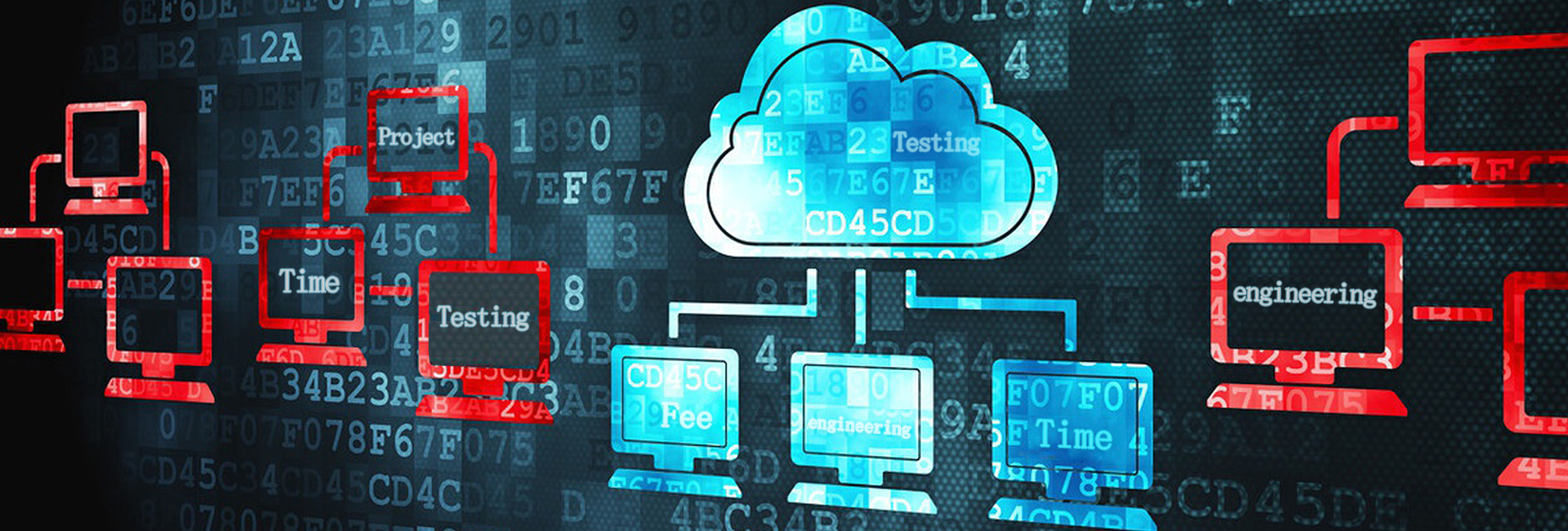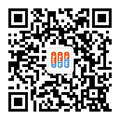HAC testmobile phone HAC testFCC HAC test
1、 What is HAC testing
HAC (hearing aid compatibility) test is a test of whether there will be interference between mobile phones and nearby hearing aids during communication. With the development of science and technology, the popularity of hearing aids is becoming wider and wider, but people who use hearing aids always respond that when someone nearby makes a phone call, they often hear the "buzzing" noise of hearing aids, and the radio waves sent by mobile phones will form an electromagnetic field around the antenna, which will make people wearing hearing aids hear the harsh buzzing sound. Electromagnetic interference has brought great trouble to the communication of these hearing impaired people. This indicates that the mobile phone interferes with the hearing aid, and the two are incompatible.
The HAC reference standard is ANSI C63.19 (national standard method for measuring the compatibility between wireless communication equipment and hearing aids in the United States), according to the standard definition, consumers can judge the compatibility between a certain type of hearing aid and mobile phone through the anti-interference level of hearing aid and the corresponding signal transmission level of mobile phone.
2. HAC test content
2.1 Acoustic interference and electromagnetic interference. Acoustic interference mainly refers to the feedback of the hearing aid caused by the digital mobile phone when it is close to the hearing aid. For all-digital hearing aids, as long as the feedback cancellation function is strong enough, this kind of acoustic interference can be easily eliminated.

2.2 Electromagnetic interference means that when the digital mobile phone is close to the hearing aid, the digital pulse from the digital mobile phone antenna will be picked up by the microphone and the inductive telecoil of the hearing aid, which will bring annoying beeps to the hearing aid wearer.
The American Institute for standardization began to deal with this problem in 1997, and guided and proposed the measurement methods of hearing aids and mobile phones, and pioneered the test method of checking hearing aids with the near-field radiation of a dipole antenna (analog-digital mobile phone).
This work resulted in the standard ANSI C63.19 test method for compatibility between wireless communication equipment and hearing aids. ANSI C63.19 standard also gives the test and classification methods of electromagnetic compatibility of hearing aids and digital mobile phones.
The International Electrotechnical Commission (IEC) has issued Part 13 of the hearing aid Standard IEC 60118-13 Electroacoustics Hearing Aids Part13: Electromagnetic compatibility(EMC), which specifies the immunity requirements and measurement methods of electromagnetic compatibility of hearing aids, and defines two immunity levels: neighbor compatibility and user compatibility, It also stipulates that the compatibility of neighbors is the minimum requirement that must be met, and the compatibility of users can be declared by the manufacturer as an additional requirement.
The result of the HAC test is divided into M1~M4, and the test result of T-coil (audio test) is divided into the range of T1~T4.
The Deeplight can complete its requirements for RF testing and electromagnetic signals in the acoustic band according to the HAC standard. The test range includes two parts: wireless communication device (WD) and hearing aid (HA). The test frequency is 800~950MHz and 1.6~2GHz communication products between. Cordless phones, mobile point phones, personal communication services (PCS), etc. under this frequency can be HAC certified. If you have HAC certification needs, please contact us.
Recommended items
-

30GHz-300GHz millimeter wave RF/OTA/PD test
Millimeter wave (mmwave) refers to electromagnetic waves with wavelengths between super high frequency (SHF) and high frequency (EHF). The wavelength range of millimeter waves is approximately between 1 and 10 millimeters, and the corresponding frequency range is 30 to 300 GHz. Mainly used in weather radar, space communication, radio astronomy and so on. This article will focus on the ...View more -
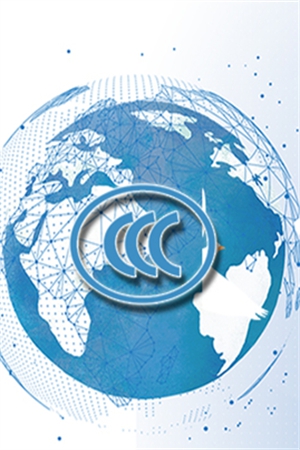
CCC certification guide for wireless charger
In recent years, the application fields of wireless products have become more and more extensive. If you want to sell them in China, you need to carry out certain certification tests. Today, let‘s talk about how to apply for CCC certification for wireless chargers. What are the highlights? Come and have a look!...View more -
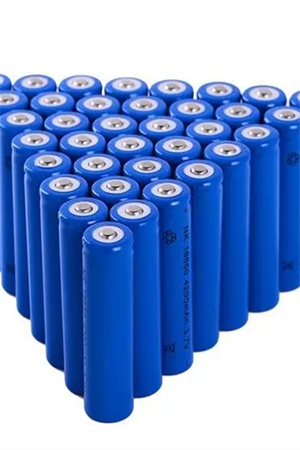
Battery IECEN 62133
The IECEN 62133 standard is mainly aimed at the safety requirements of single batteries and batteries containing alkaline or non-acid electrolytes and portable sealed single batteries and batteries (including lithium batteries, Ni-MH batteries, Ni-CD batteries, etc.). It mainly includes the testing and verification of the following items:...View more -
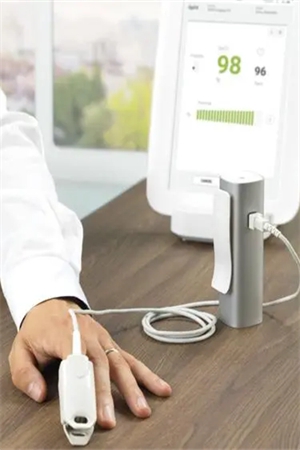
Domestic registration, inspection and certification of pulse oximeter
The pulse oximeter is an instrument mainly used to measure the pulse oxygen saturation in human blood. The pulse oximeter can monitor the ratio of oxygen carrying hemoglobin to oxygen free hemoglobin in arteries....View more

